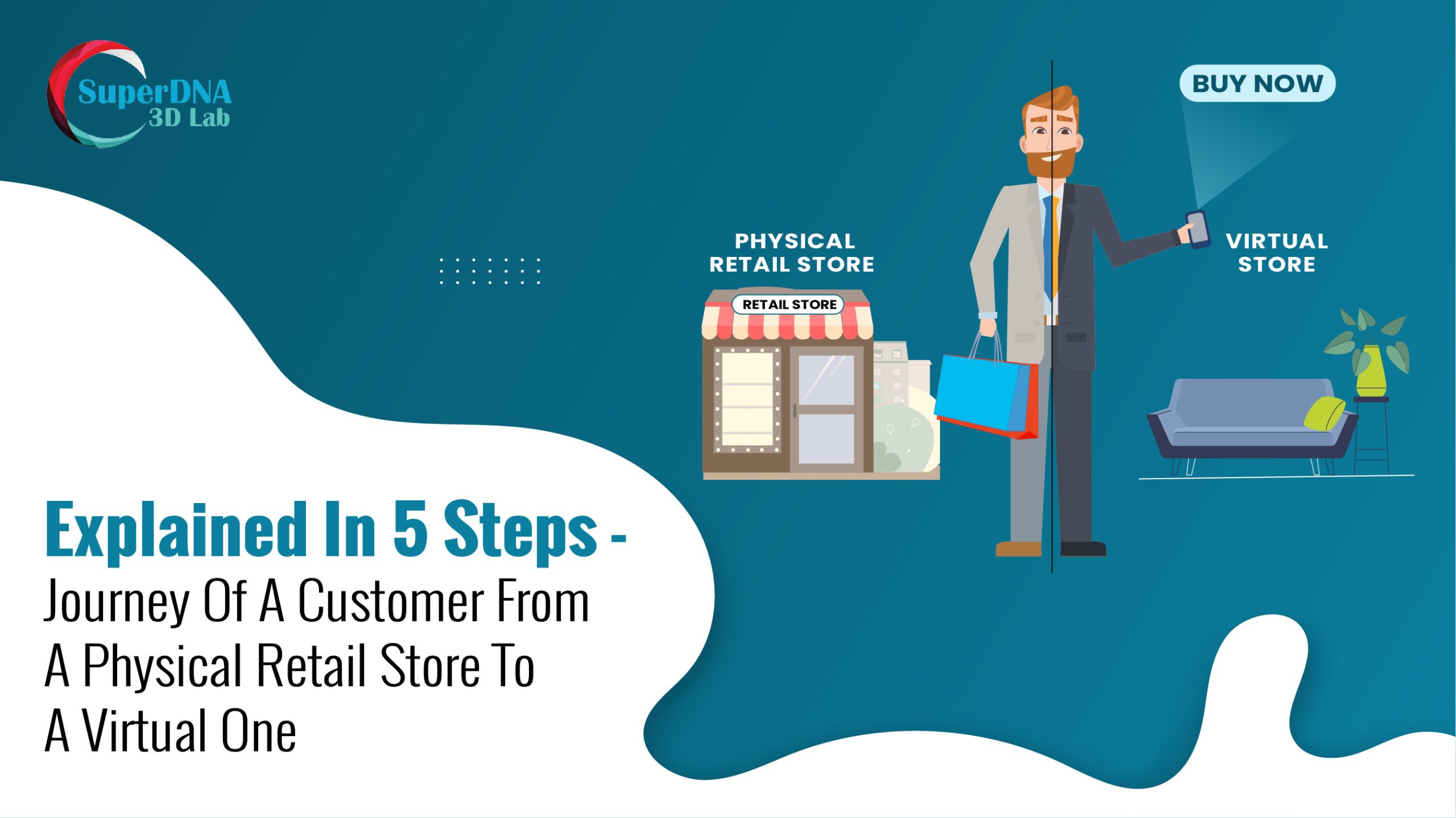
The journey that the customer undertakes when transitioning from shopping at a physical store to making a purchase at an online marketplace is marked by various experiences. These experiences are nothing but a result of the stark differences between the two modes of shopping. Every step of the way, they will come across something that they have probably never seen or heard of before. Let’s explore how different this journey is going to be for your customers in the present time and age of digitization and virtual experiences:
- Wider Choices With Just One Click
Then
The customer could only check out one shop or store at a time and then would have to walk over to the other to try more items. Live comparison of two different brands or products wasn’t possible.
Now
With online shopping, the first thing that the regular customer notices is a wide range of products from across continents. They get practically everything ranging from clothes, jewelry, accessories, electronics, furniture, shoes, household necessities, and everything in between in one place. All of these items are just a click away.
- The Convenience Of Shopping 24/7
Then
Even your favorite shopping malls shut down by 11 or midnight. Some markets have their shutters down earlier than that and don’t open up again till 11 am.
Now
ere, the customer discovered the ability to shop online round the clock. They can look for their favorite products and make an order practically any time of the day. This means that they do not have to wait for their favorite store to open up. They just have to open their mobile app and get down to business.
- Online Filters To Narrow Down Your Search
Then
One would always need the assistance of an in-store salesperson to find the exact item they are looking for. What used to take them half a day to figure out at a physical store can now be done with just a few filters.
Now
Online marketplaces like Amazon and eBay offer their customers the ability to apply filters to narrow down their product search and locate exactly what they are looking for fast and easily.
- 3D Product Configuration For A Better Experience
Then
Looking for a different variety of the same product was taxing both on the mind and body. And very rarely were those efforts rewarded with what one would be looking for!
Now
Now, an increasing number of manufacturers and retailers are turning to the extensive use of 3D elements such as lifelike representations and 3D models of their products. This practice is effectively replacing the trend of traditional product photography. The customer is fast getting used to using 3D configurators on various online marketplaces to view the product from every angle. In addition to this, he prefers to use this platform to switch between various colors, textures, components, features, sizes, and types. The configurator allows them to customize their purchase by making changes to the 3D model and selecting the one combination that suits them the best.
- AR-Enabled Try-On
Then
It is only now that we have realized just how time-consuming it was going to every store and trying on different stuff individually. It took an eternity to choose one piece of your liking.
Now
One more thing that is new to the user is the increasing use of augmented reality apps. If you have used Snapchat before, you already know what we are getting at. The AR app used by furniture and fashion stores in particular is something that the user transitioning from offline shopping to online shopping is bound to find the most engaging. AR apps make use of 3D elements and models of products that the user can download to their smartphones and use their camera to project onto their real environment. This gives them an idea of how the product is going to look in real when they bring them home.
Conclusion
You can say that modern technology has revolutionized the way we view, examine, and experience the product. It has also made us more reliant on 3D tools and visualizations, especially since the pandemic. No complaints there, rather everyone seems to be embracing this change. When are you getting on board?